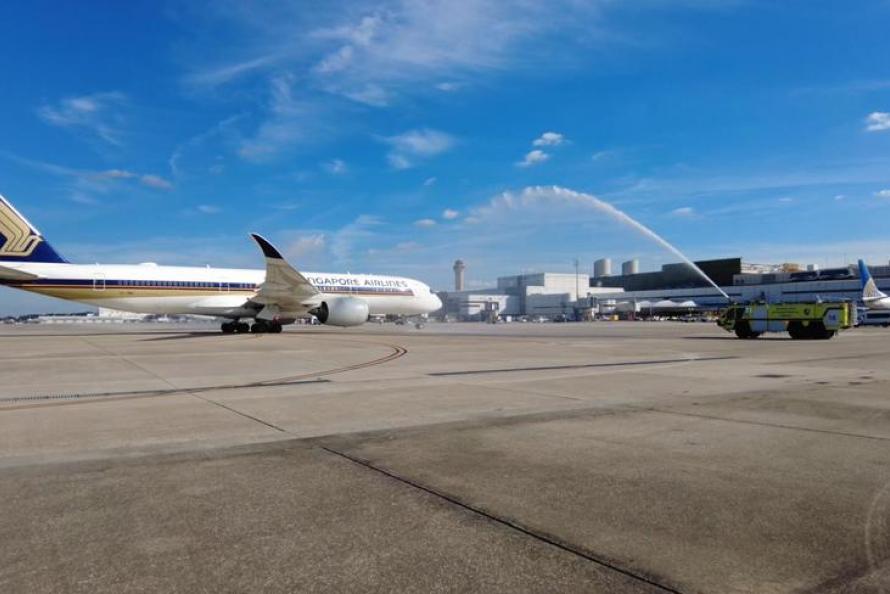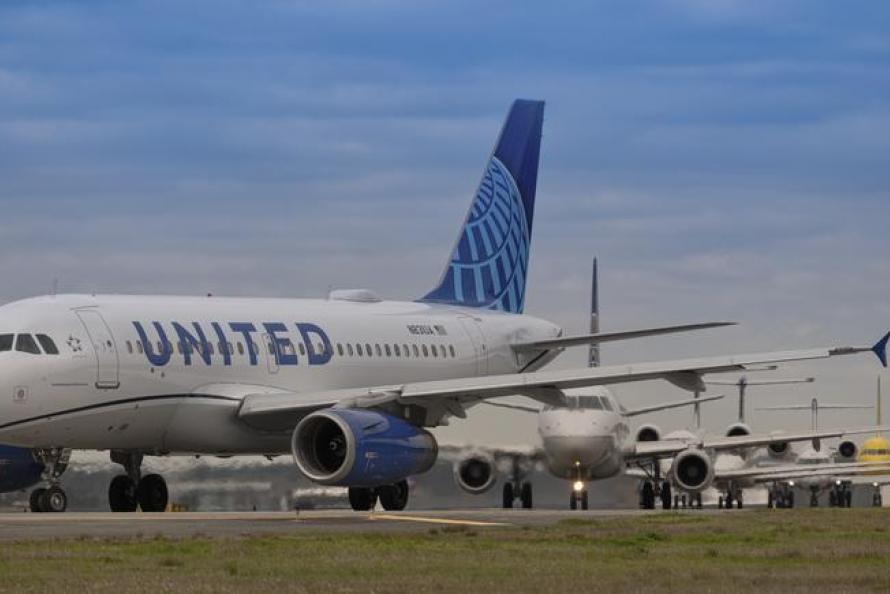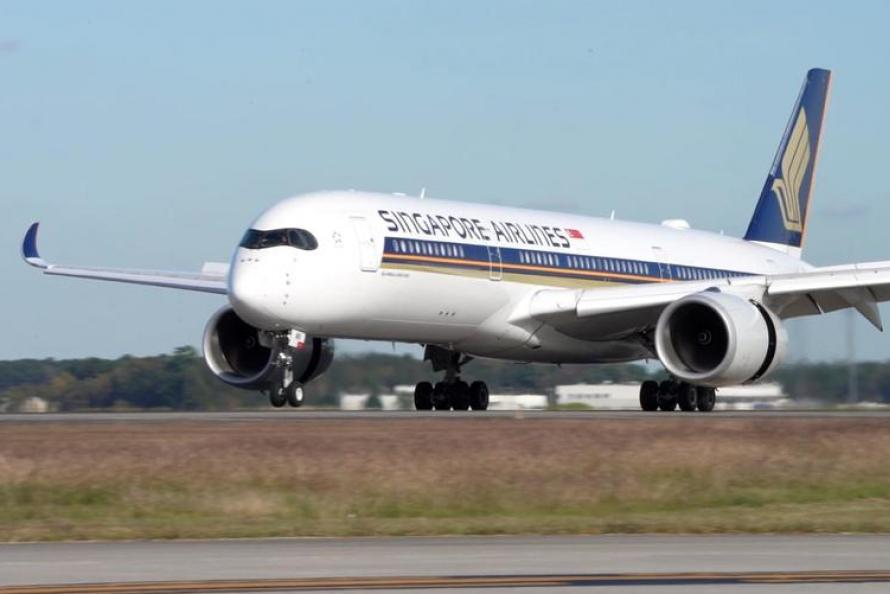As news of the Omicron variant broke around the world in late November, Houston Airports prepared for the Thanksgiving holiday travel period, the busiest travel season since the beginning of the COVID-19 pandemic.
The 13-day Thanksgiving holiday travel period, Nov. 18-30, was the busiest Houston Airports had been in over a year with regard to passenger traffic. The real numbers exceeded the preliminary projection of 1.9 million passengers by approximately 200,000. All in all, approximately 2.19 million passengers flew from, to and connected through both George Bush Intercontinental and William P. Hobby airports during the Thanksgiving travel period, only -4% for the same period in 2019 prior to the pandemic.
“With the uncertainty Covid-19 has brought to air service recovery around the world, we’ve been conservative with our projections, so we were pleasantly surprised to see an even bigger passenger influx than we initially expected,” said Molly Waits, Houston Airports Chief Marketing, Air Service Development and Communications Officer. “The improving numbers show that the public is steadily regaining trust and confidence in the air travel industry.”
The Thanksgiving holiday travel period saw 20% more passengers than the rest of November. In terms of overall passenger recovery, Houston Airports stands at 95% recovery for domestic travel, a whopping 120% for Mexican destinations - undoubtedly the most important international destination for Houston - and 52% for the long-haul international routes, which slowly continues an upward trend.
Most recently, Singapore Airlines made its long-awaited return to Bush Airport in early December with three weekly non-stop flights from Houston to Manchester.
“Long-haul international recovery has bigger challenges as governments around the world tackle the pandemic with different precautions and restrictions on travel,” Waits said. “On the contrary, Mexico and other Latin American destinations continue to be strong markets for Houston and its travelers.”
The air service restoration momentum continued in December, with Christmas and New Year’s travel officially beginning on Dec. 16. Although there is uncertainty surrounding the impact of the Omicron variant, there are currently no clear indications of a pronounced deceleration in passenger traffic at Houston’s airports.
“Houston Airports and its airline, concessions and agency partners have worked hard to curtail COVID-19 at every step of the air travel journey, so they had prepared as well as possible for the new variant,” Waits said.
Between the emergence of Omicron and the quickly approaching Christmas and New Year’s holiday period, travelers had limited time to make changes to their planned trips. Additionally, vaccination efforts, the federal mask mandate and effective health and safety initiatives like FlySafe Houston at Houston Airports played a vital role in preserving passenger traffic during the holiday period.
Although there still is uncertainty around the Omicron variant, and it might take some time before its effects in the air travel recovery are quantifiable, the air service development team has not seen any indication of a pronounced deceleration in passenger traffic due to the new variant.
Houston Airports anticipates more than 3.16 million passengers to fly through both Bush and Hobby airports for the 19-day holiday travel period beginning Dec. 16 and ending on Jan. 3. If realized, these numbers will be within 7 percent of the holiday travel numbers pre-pandemic.
“We will certainly remain vigilant in our safety practices,” Waits said. “Care for the well-being of our customers is of utmost importance to Houston Airports.”


